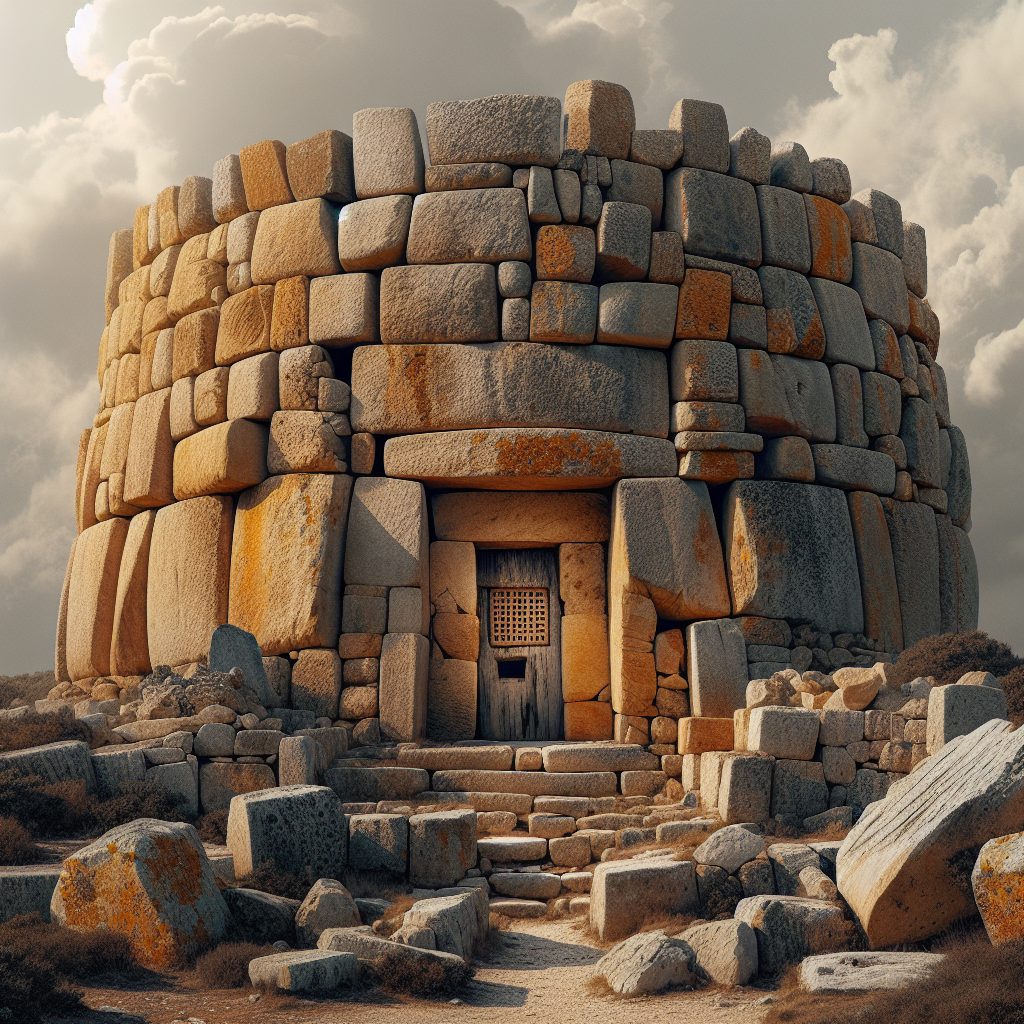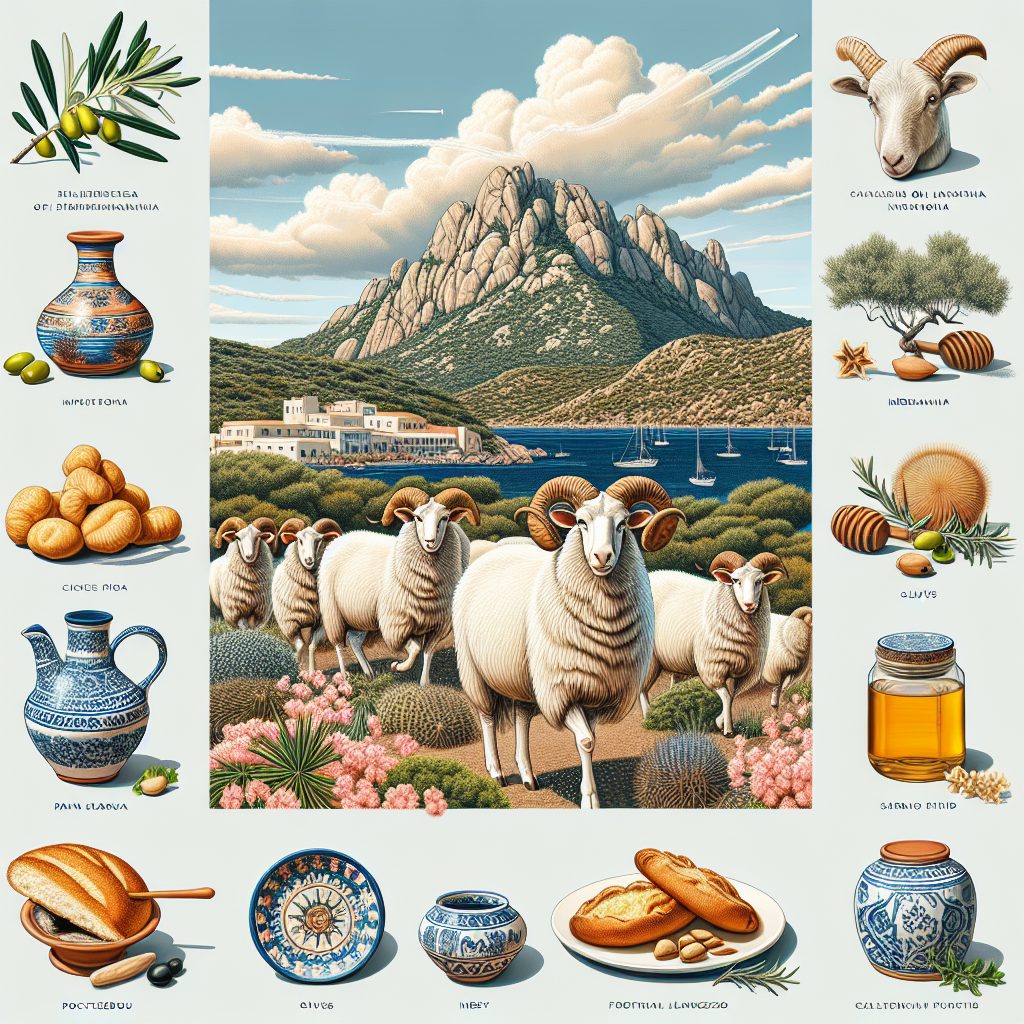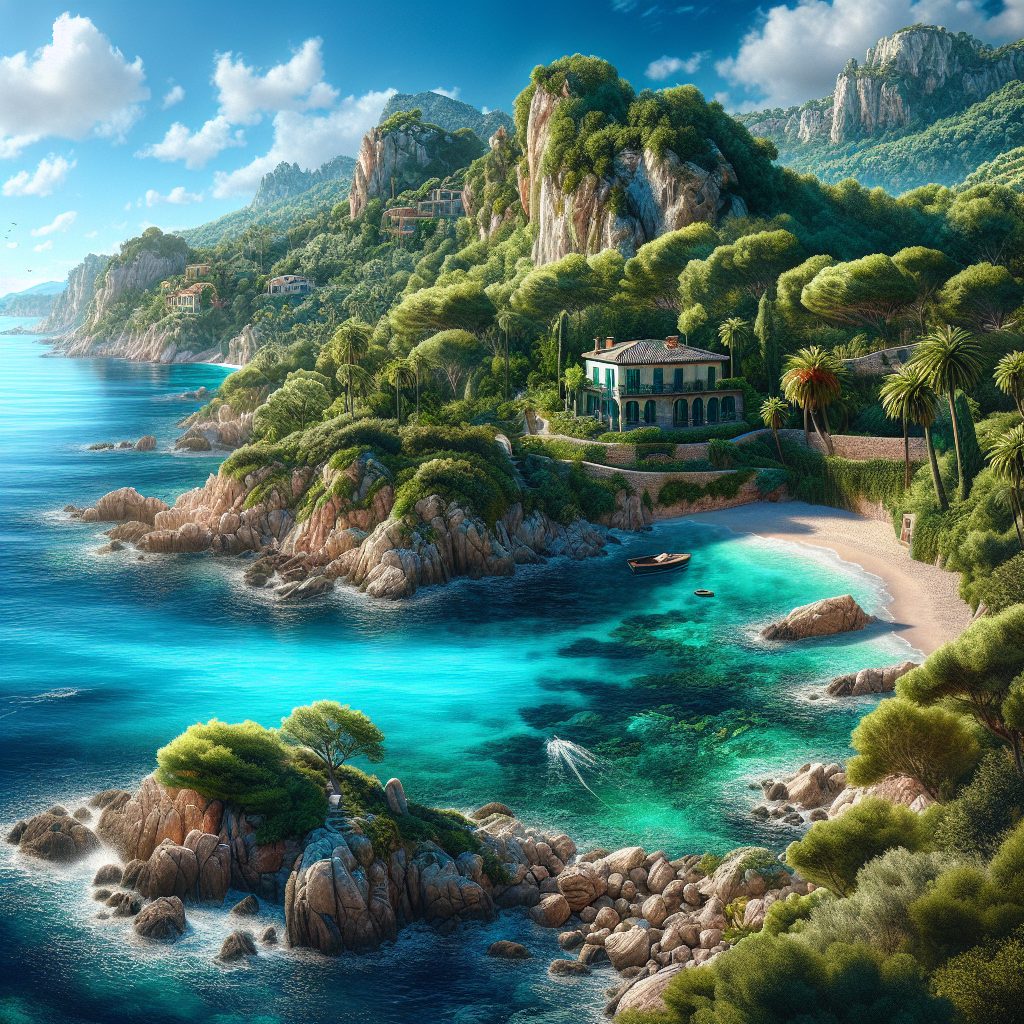The Nuraghe and Sardinian Culture are two intertwining aspects that hold significant historical and cultural importance. The term Nuraghe refers to the ancient megalithic structures found on the island of Sardinia, Italy. These remarkable stone towers, dating back to the Bronze Age, are unique to Sardinia and are emblematic of the island’s rich heritage. Such structures are a testament to the advanced architectural and engineering skills of the Nuragic civilization that once thrived in this region.
The Nuraghe played a pivotal role in shaping the social, economic, and political dynamics of Sardinia. These structures served as defensive forts, with some housing entire communities within their walls. Their strategic positioning and impressive construction highlight the defensive nature of the Nuragic people against external threats and conflicts. Furthermore, the Nuraghe became conduits of cultural exchange and trade, as they were used to store valuable resources and act as central gathering points. Their presence instilled a sense of community and identity within the Nuragic society.
With this insight into the Nuraghe and their significance to Sardinian culture, let us now delve into the key takeaways from this article. We will explore the architectural marvels of the Nuraghe, their role in the ancient society, as well as their lasting impact on Sardinian cultural identity. Additionally, we will examine the preservation efforts and the role of tourism in promoting the understanding and appreciation of these historical treasures. By unraveling the mysteries of the Nuraghe and their connection to Sardinian culture, we can gain a deeper understanding of the island’s enduring heritage.
Key Takeaways
Nuraghe and Sardinian Culture:
1. The nuraghe are ancient stone structures found in Sardinia, Italy, and are a significant part of the island’s cultural heritage.
2. The origins of nuraghe are still debated, with theories ranging from a defensive purpose against invaders to serving as religious or ritual sites.
3. The nuraghe were constructed using the “dry stone” technique, with no use of mortar, and some of them can reach impressive heights and complex architectural designs.
4. The nuraghe played a crucial role in Sardinian society and were likely used for multiple purposes, including living quarters, workshops, and storage facilities.
5. Visiting nuraghe sites provides an opportunity to explore and understand the unique history, craftsmanship, and cultural significance of Sardinia.
What is the significance of Nuraghe in Sardinian Culture?
The Origins of Nuraghe
Nuraghe is an ancient type of stone structure found in Sardinia, Italy. These structures date back to the Bronze Age and are unique to the island. The origins of Nuraghe are a subject of speculation and debate among historians and archaeologists. Some theories suggest that they were defensive forts or watchtowers, while others propose religious or ceremonial purposes.
Characteristics of Nuraghe
Nuraghe are characterized by their conical towers made of large stones, stacked without the use of mortar. These towers can reach impressive heights and are often surrounded by a complex system of walls and chambers. The interior of Nuraghe can contain multiple floors connected by narrow staircases. Some structures even feature wells and cisterns for water storage.
The Importance of Nuraghe in Sardinian Culture
Nuraghe played a significant role in Sardinian culture and society. They were not only architectural marvels but also served as fortified centers of communities. These structures represented the political, social, and symbolic power of the Nuragic civilization, which existed on the island from around 1800 to 238 BCE.
Sardinian Culture and Nuraghe
The Nuragic civilization, represented by the Nuraghe, left a lasting impact on Sardinian culture. The island is scattered with numerous Nuraghe complexes, each offering insights into ancient Sardinian life. These structures have become iconic symbols of the island’s history, attracting tourists and researchers from around the world.
Preserving and Studying Nuraghe
Preserving and studying Nuraghe is crucial for understanding Sardinian culture and the Nuragic civilization. Archaeological excavations continue to uncover new insights into the daily life, rituals, and advancements of the ancient Sardinians. Efforts are being made to maintain and protect these structures, ensuring their preservation for future generations.
Tourism and Nuraghe
Nuraghe complexes have become popular tourist destinations in Sardinia. Visitors can explore these ancient structures, learn about their history, and immerse themselves in the rich cultural heritage of the island. Many locations offer guided tours, providing an in-depth understanding of the Nuragic civilization and its significance in Sardinian culture.
1. How to Visit Nuraghe Sites?
1. Research and choose the Nuraghe complexes you wish to visit based on their historical significance and accessibility.
2. Check for visiting hours and any necessary permits required for entry.
3. Utilize guided tours or hire an experienced local guide to enhance your understanding of the sites.
4. Respect the rules and regulations put in place by the authorities to preserve the Nuraghe for future generations.
2. What to Expect When Visiting Nuraghe?
1. Experience awe-inspiring architecture and construction techniques dating back thousands of years.
2. Learn about the daily life, rituals, and customs of the Nuragic civilization through exhibits and informative panels.
3. Explore the interior of Nuraghe, climbing narrow staircases and admiring the views from the top.
4. Take in the scenic surroundings and appreciate the strategic locations chosen for these structures.
3. How to Support Nuraghe Conservation Efforts?
1. Donate to organizations dedicated to the preservation and restoration of Nuraghe complexes.
2. Spread awareness about the importance of Nuraghe in Sardinian culture among friends, family, and fellow travelers.
3. Follow guidelines provided during your visit to minimize potential damage to the structures.
4. Encourage sustainable tourism practices that prioritize the preservation of Nuraghe and their surroundings.
Frequently Asked Questions
1. What are Nuraghe and Sardinian Culture?
Nuraghe refers to ancient stone buildings found in Sardinia, Italy. These structures were built during the Nuragic civilization which existed from about 1800 BC to 238 BC. Sardinian Culture, on the other hand, encompasses the traditions, customs, and way of life of the people of Sardinia.
2. How many Nuraghe are there in Sardinia?
There are over 7,000 Nuraghe sites in Sardinia, making it a fascinating archaeological destination. These structures vary in size and complexity, ranging from simple towers to vast fortified compounds.
3. What was the purpose of Nuraghe?
The exact purpose of Nuraghe remains a subject of debate among researchers. However, they are believed to have had multiple functions including defensive purposes, religious rituals, and as residences for the ruling classes.
4. Can you visit Nuraghe sites in Sardinia?
Absolutely! Many Nuraghe sites in Sardinia are open to visitors. Some of them have been restored or turned into museums, offering a glimpse into the rich history of the Nuragic civilization and Sardinian culture.
5. Are Nuraghe protected as cultural heritage?
Yes, Nuraghe structures are protected as national monuments in Italy. The Sardinian government has taken steps to preserve and safeguard these archaeological treasures, recognizing their importance in understanding the island’s ancient past.
6. What other elements are associated with Sardinian culture?
Sardinian culture is characterized by its unique language, folklore, traditional clothing, music, and cuisine. The island is also known for its colorful festivals, such as the traditional equestrian race known as the Sartiglia.
7. How do Nuraghe relate to Sardinian identity?
Nuraghe are considered an integral part of Sardinian identity and heritage. They symbolize the island’s ancient origins and reflect the resilience and ingenuity of its early inhabitants, contributing to a sense of pride among the Sardinian people.
8. What are the best ways to learn about Sardinian culture?
Visiting the Nuraghe sites in Sardinia provides a great opportunity to immerse yourself in the island’s ancient history and culture. Additionally, exploring local museums, interacting with Sardinian people, and participating in traditional festivals can enhance your understanding of this unique culture.
9. Can I taste Sardinian cuisine?
Absolutely! Sardinian cuisine is renowned for its simple yet flavorful dishes. From the famous pecorino cheese to delicious seafood and iconic pasta dishes like malloreddus, there is plenty to savor and explore when it comes to Sardinian gastronomy.
10. Are there any guided tours or tour operators for Nuraghe visits?
Yes, there are various tour operators and local guides in Sardinia who offer guided tours to Nuraghe sites. These tours can provide valuable insights and enrich your experience by providing historical context and expert knowledge.
Final Thoughts
The Nuraghe and Sardinian Culture are intricately intertwined, with the Nuraghe structures serving as powerful reminders of the island’s ancient past. Exploring these unique archaeological sites allows us to delve into a civilization that predates even the Romans, providing invaluable insights into the development of Sardinia’s distinct cultural heritage.
Today, Sardinian culture continues to thrive, embracing both its historic roots and its vibrant contemporary identity. From the rich traditions and festivals to the delicious cuisine and warm hospitality, Sardinia offers a captivating experience for those seeking a deeper understanding of this fascinating Mediterranean island.






